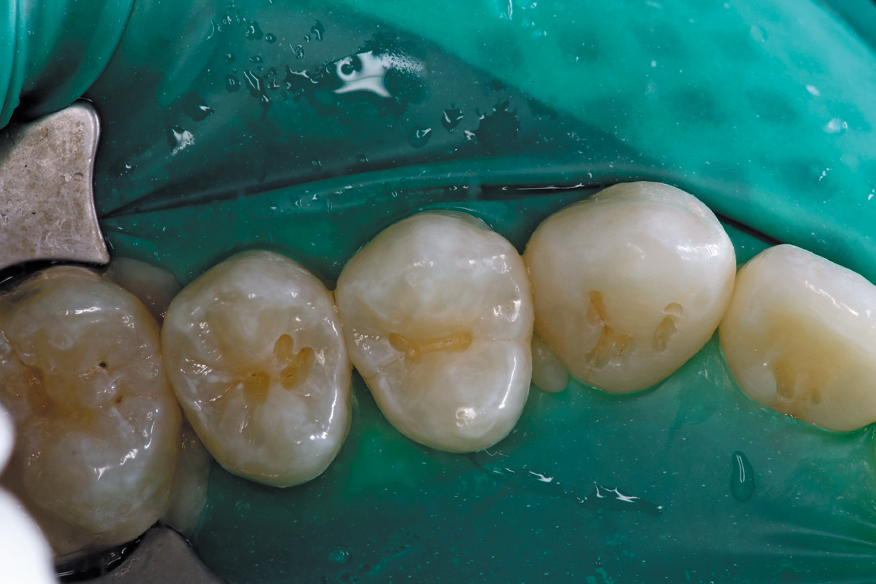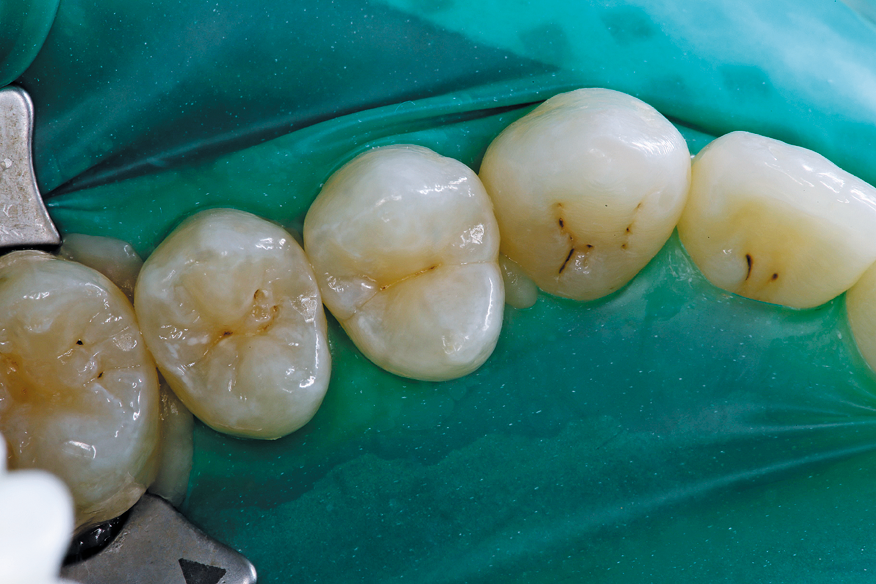How to use minimal intervention for maximum effectiveness
In the days of G.V. Black dentistry, the watch-and-wait approach actually had a tremendous amount of merit. Clinicians, at times, were able to diagnose caries at an early stage; however, preparation form for amalgam restorations did not lend itself to conservative dentistry.

In the days of G.V. Black dentistry, the watch-and-wait approach actually had a tremendous amount of merit. Clinicians, at times, were able to diagnose caries at an early stage; however, preparation form for amalgam restorations did not lend itself to conservative dentistry.
Even if caries was diagnosed at an early stage, a significant amount of tooth structure would need to be removed simply to retain these restorations. In the last decade, numerous technologies have come to market, allowing practitioners to discover caries at the early stage, and the practitioner now has the ability to treat this disease through remineralization protocols or minimally invasive surgical intervention.
More from Microcopy: How to extract teeth as atraumatically as possible
Bur selection
If a practitioner chooses to remove the caries surgically from the tooth, he or she must focus on creating a conservative preparation form and maintaining as much tooth structure as possible. Resin restorations do not require specific preparation parameters, and the goal with these restorations is simply to remove the decay. In the past, the bur of choice for operative preparations was a 557 or 330 bur. While decay can most definitely be removed with these burs, unfortunately an extensive amount of healthy tooth structure is also unnecessarily removed due to the relative large size of these burs. In this day and age, one must consider using the smallest instrument possible. Hard-tissue lasers and air-abrasion units can offer a conservative means for caries removal; however, these devices require a large-to-moderate investment in equipment, and the workflow can become more complicated than necessary.
A simpler solution may be to simply opt for innovative and cost-efficient smaller burs that have been designed for conservative restorations. These burs tend to have appropriate cutting efficiency yet they are nearly 70 percent smaller than traditional operative burs.
Continue to page two for more...
Microcopy’s 1300 FS bur
One particular bur that accomplishes this task is the 1300 FS bur by Microcopy. It is a diamond-coated bur with a tapering cutting surface. This shape allows for conservative excavation of a carious lesion at the tip of the bur while creating a funnel effect as caries is removed with deeper bur penetration.
The small tip diameter allows for minimal preparations to occur many times without the need for pulpal anesthesia. In addition, the funneling effect allows proper visualization while creating a path for proper adhesive and flowable resin placement. Flowable composites have improved drastically in the last few years, and many flowable composites now have physical properties that rival traditional hybrid composites just a few years ago.
More from Microcopy: Microcopy introduces NeoDrys "Pink to Make You Think" campaign


Case study
In the clinical case depicted, the patient presented with occlusal caries on the lower left second bicuspid. The primary carious lesion was centered in the distal pit with early caries present in the mesial pit (Fig. 1).
The decay is removed in both the distal pit and the mesial pit areas with no anesthesia while utilizing a 1300 FS bur.

After caries removal and proper isolation (Isolite Systems), the tooth is restored with a highly filled flowable composite (G-aenial Universal Flow, GC America Inc.) (Fig. 2).
The patient was happy the carious tooth was restored in an efficient manner with zero discomfort and that a vast majority of healthy tooth structure was maintained (Fig. 3).
In summary
The combination of innovations in rotary instrumentation and resin materials allows clinicians to provide minimal intervention with maximum effectiveness.